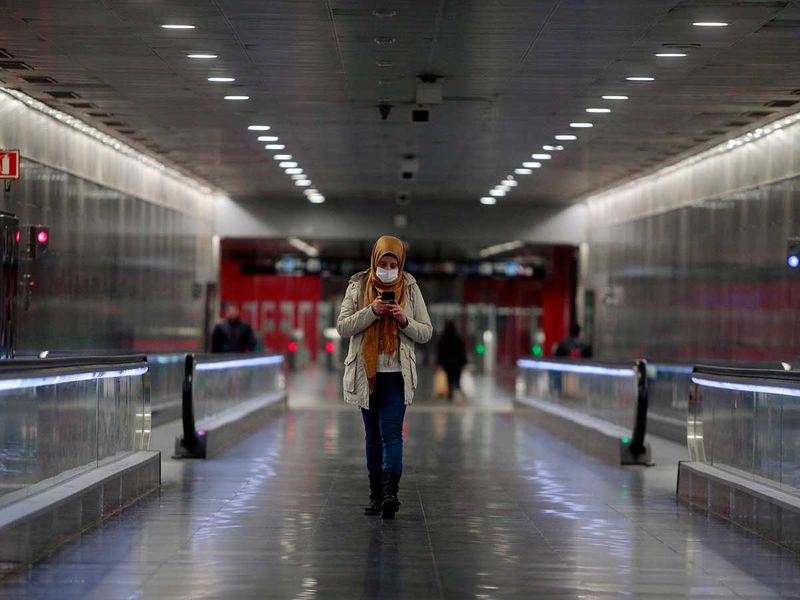
How did Hubei beat the coronavirus? The Chinese imposed a lockdown on the province –– a bold and unprecedented measure. And the results were good. Very good. In less than two months, the infection rate came down drastically. Lockdown worked. That has now become preferred action for countries and cities struck by COVID-19.
What’s a lockdown? A lockdown refers to an emergency situation when it is safer to be inside your building, room or area. People are not allowed to leave their buildings or the area or move freely.
Lockdowns are imposed mostly for safety reasons. An active threat to people’s lives is the most likely reason: like a bomb threat or an active shooter.
Biggest quasi-quarantine in history
The coronavirus, zipping across the world, has brought lockdown to our everyday conversation. With more than 160,000 cases and at least 6,400 deaths in 146 countries and territories, the pandemic is a major threat confronting humanity.
When the virus started its voyage in the city of Wuhan in Hubei province, the Chinese were alarmed by the speed of infections. After the initial attempts to contain the virus failed, China aggressively employed the lockdown in Hubei. Tens of millions of people were not allowed to leave the cities in what is termed as the biggest quasi-quarantine in history. Within six weeks, China’s radical moves paid off as cases began to dwindle.
China’s success spurred Italy to enforce the draconian measures, the strictest in a western democracy, to fight the spread of the virus. On March 9, Prime Minister Giuseppe Conte imposed a national quarantine, restricting the movement of people except for emergencies and work. Only restaurants and cafes were permitted to open from 6am to 6pm.

As the coronavirus threat shook the rest of Europe, more countries raced to close borders and shut down businesses. A day after declaring a state of emergency, Spain imposed a nationwide lockdown, placing strict limits on people’s movements and asking everyone to stay indoors.
France resisted the temptation to implement the lockdown and told people to avoid large gatherings. It didn’t work. More infections and more deaths prompted the closure of cafes, restaurants and non-essential businesses.
Germany, Poland, the Czech Republic and Slovakia too sealed their borders.
Gulf closures and other measures
In the Gulf, there have been no closures. But the measures by Kuwait and Qatar amount to a lockdown. Both countries have stopped flights into and out of the country.
Kuwait has told its citizens and other residents to remain indoors. Commercial complexes, shopping malls and public markets, except food supply outlets, have been closed. Theme parks and hairdressing salons too have been shuttered. Seems very much like a shutdown.
Is the shutdown is here to stay? Will there be a global shutdown? Maybe, if the coronavirus continues to sprint around the world.








